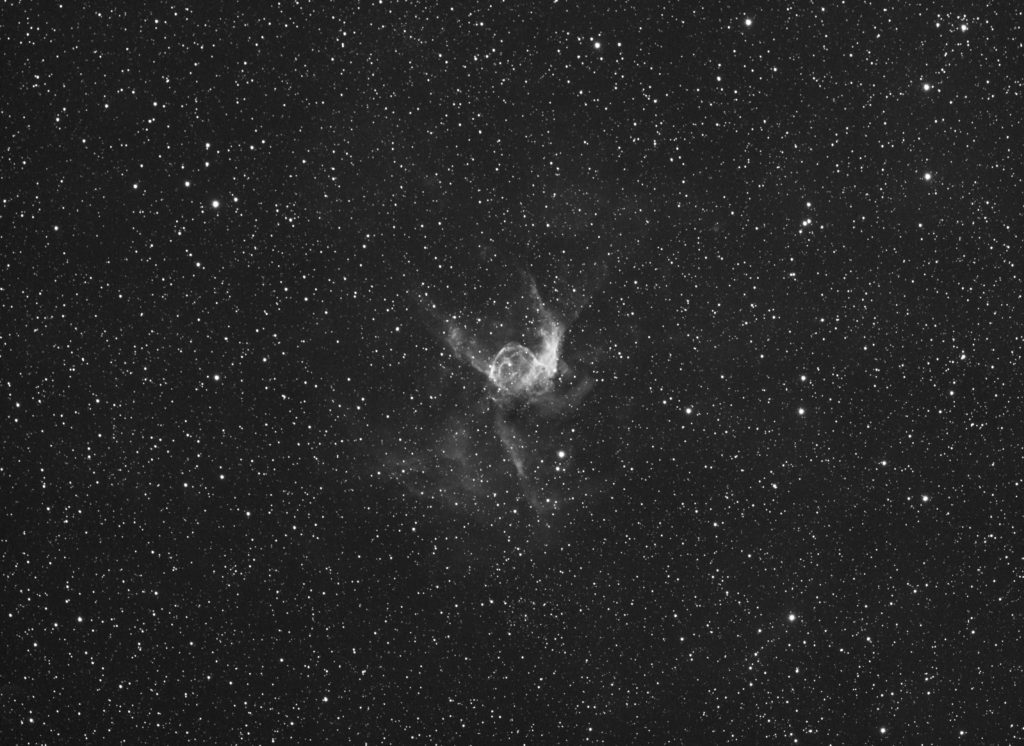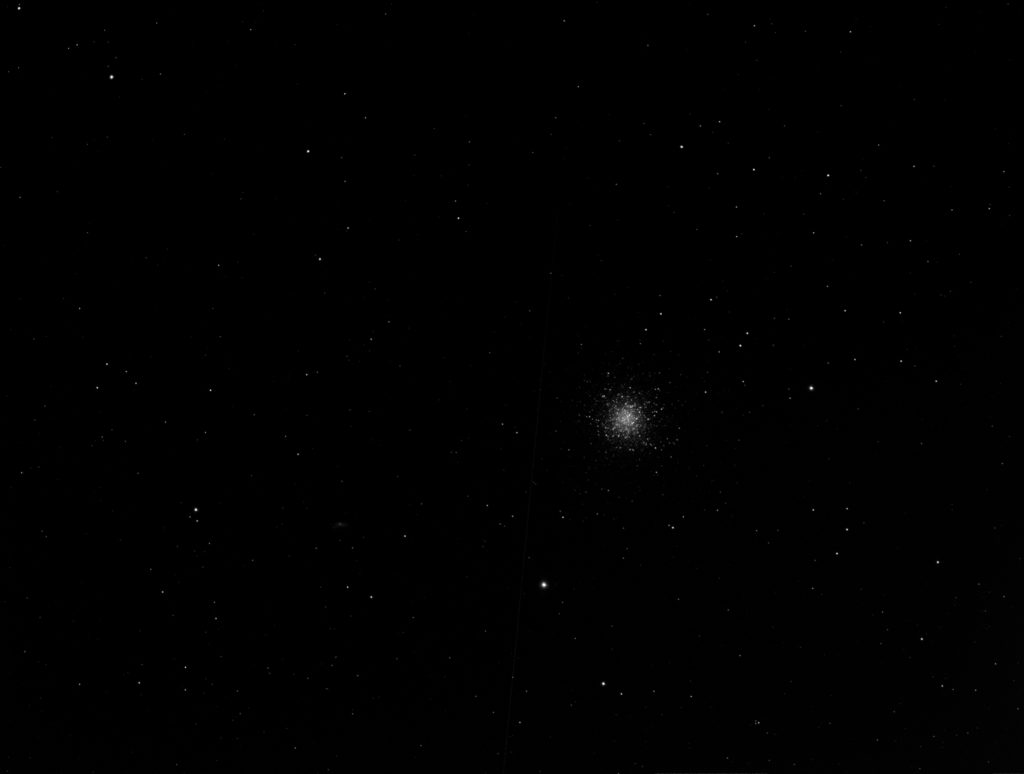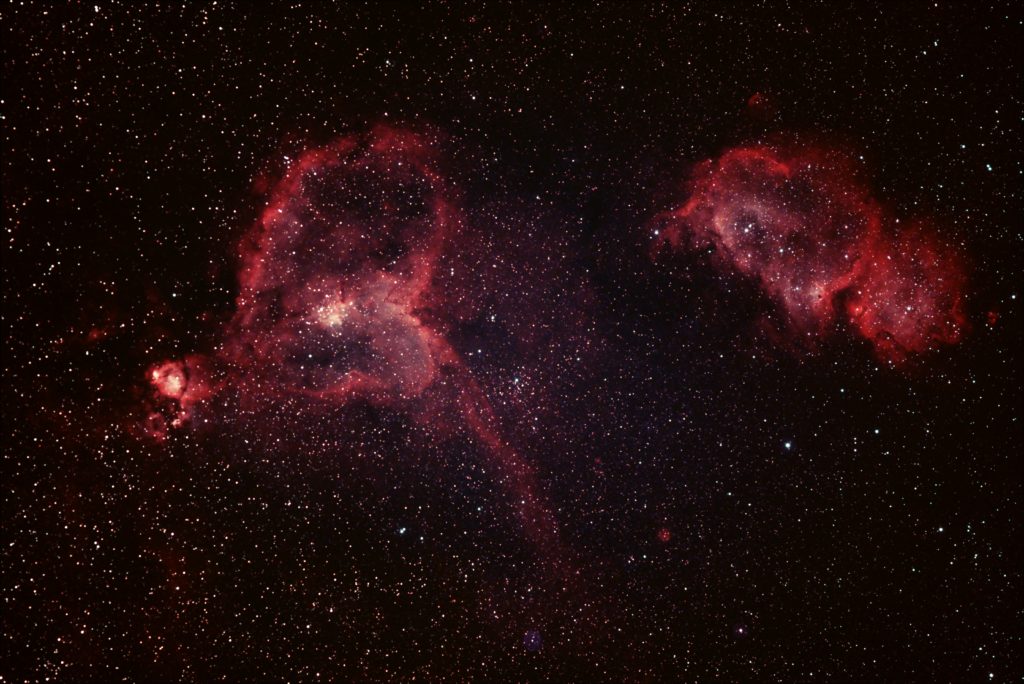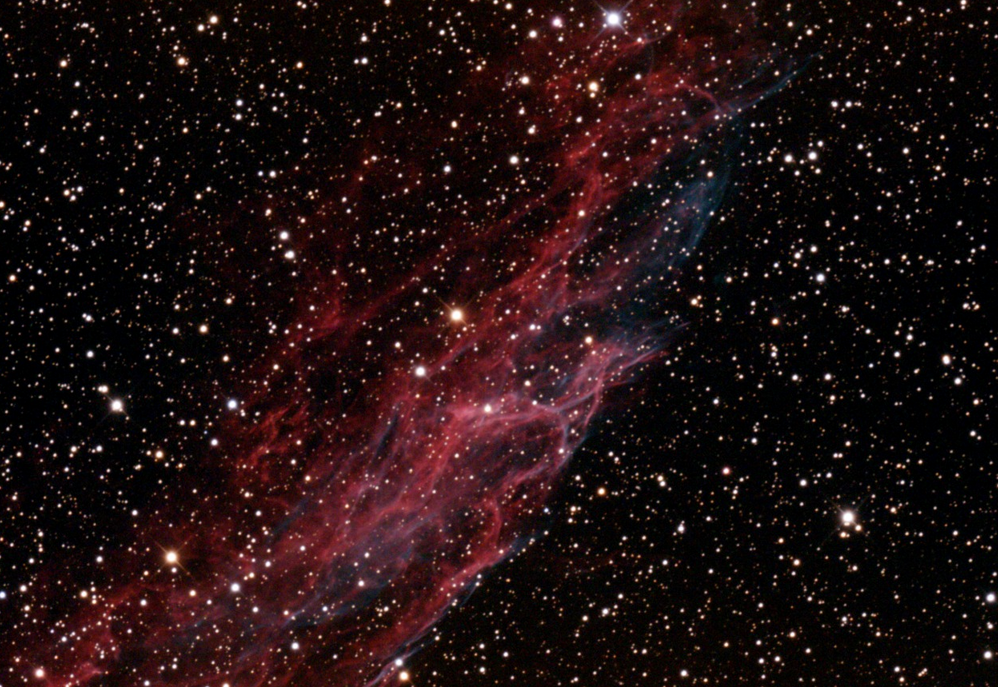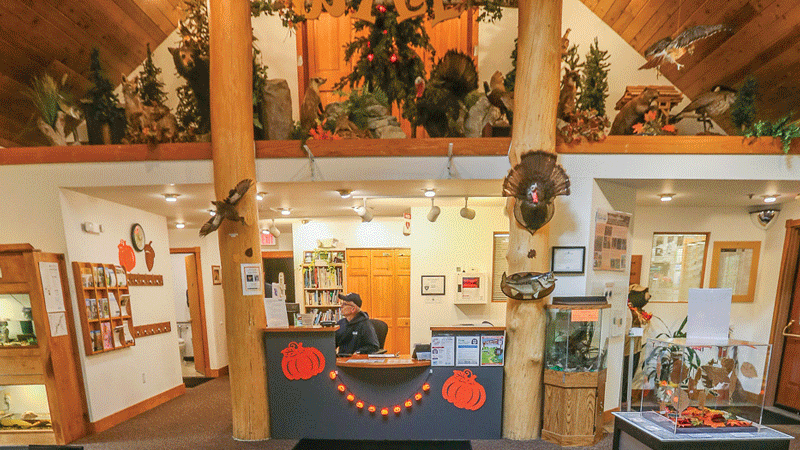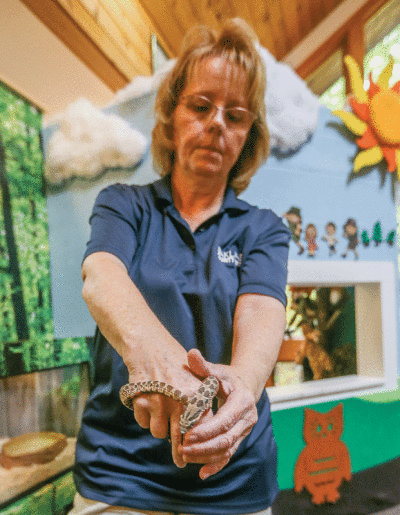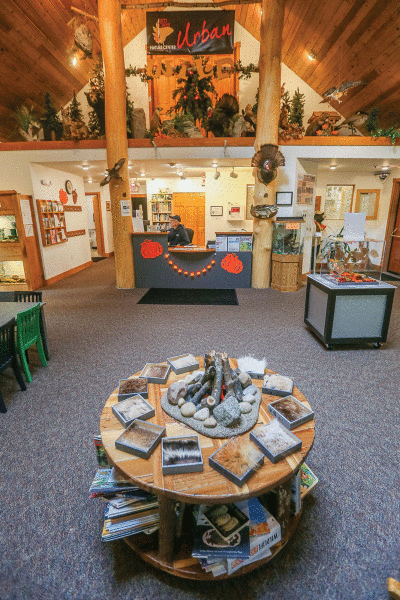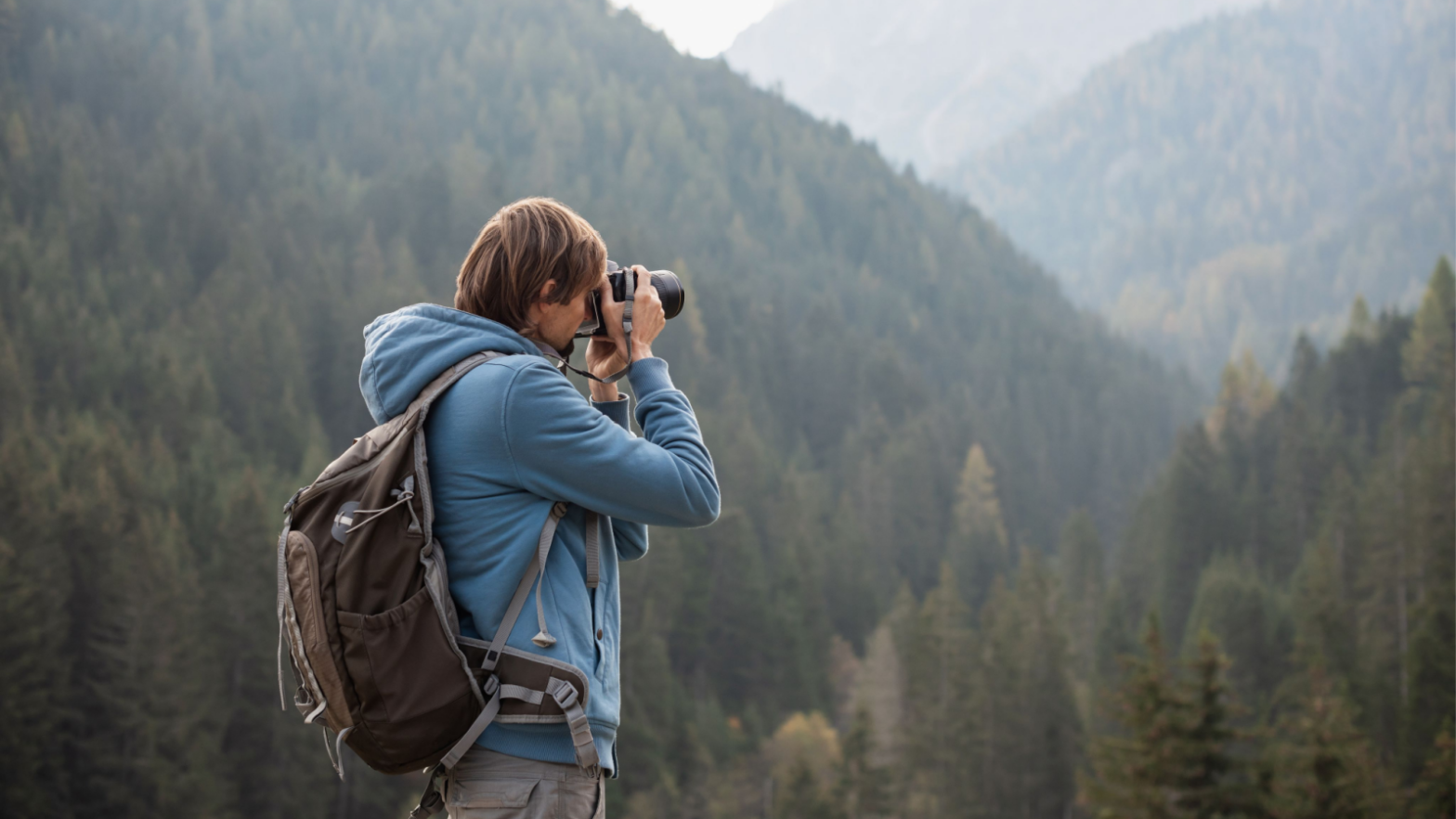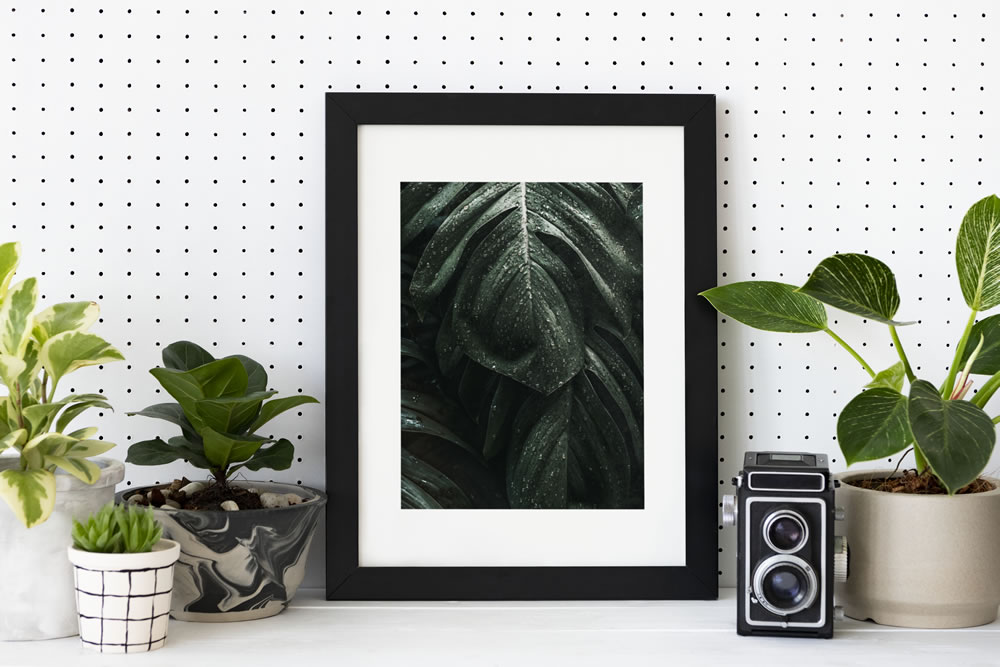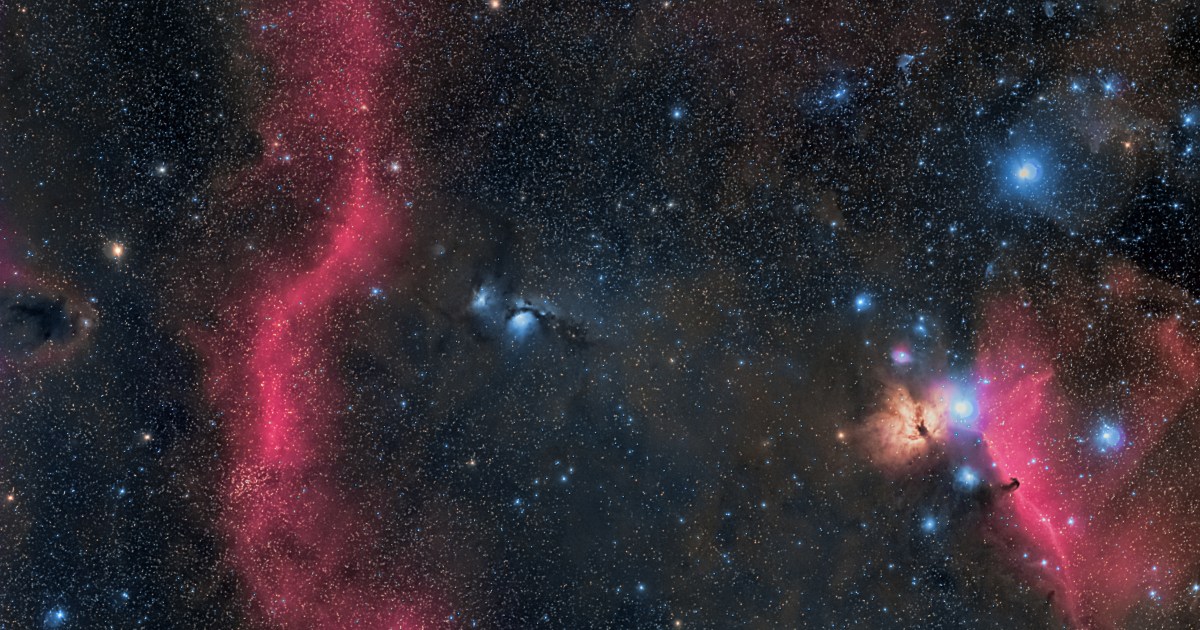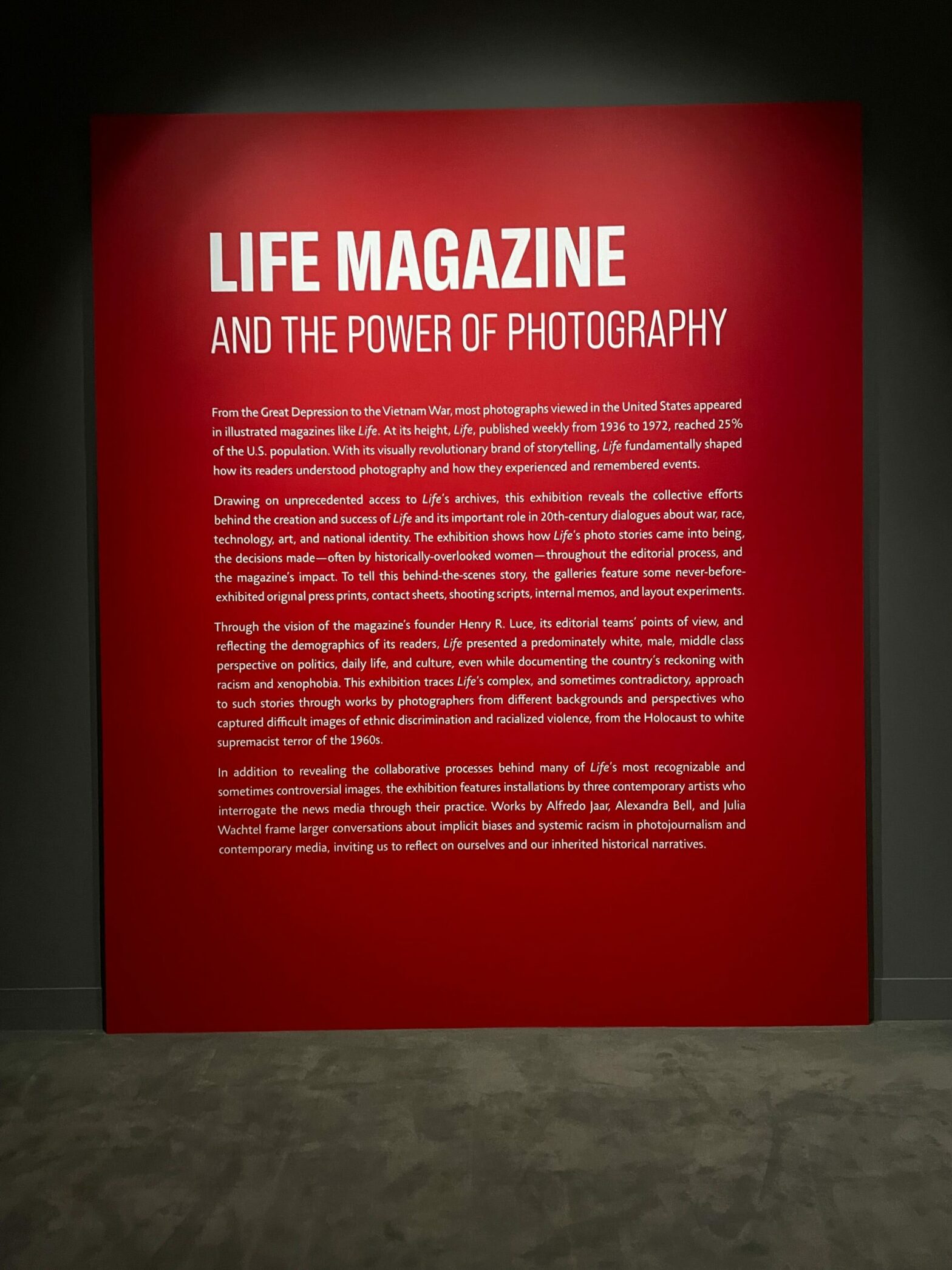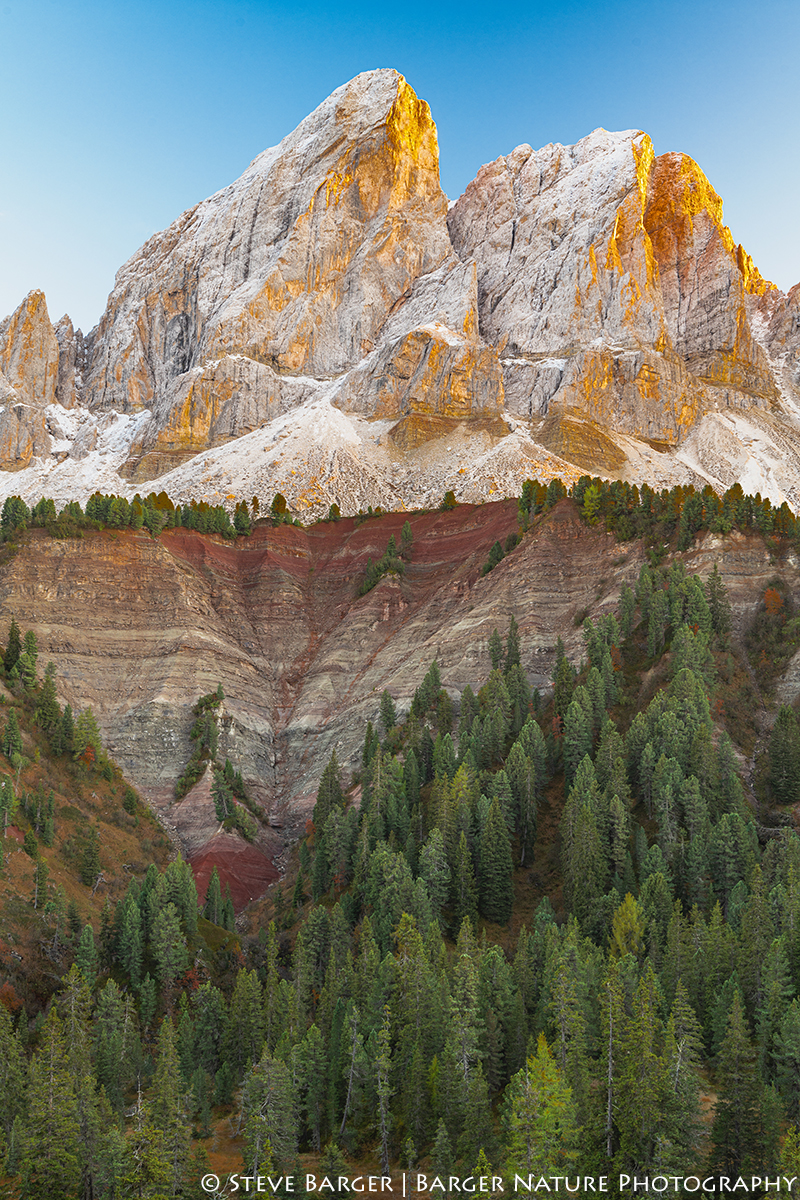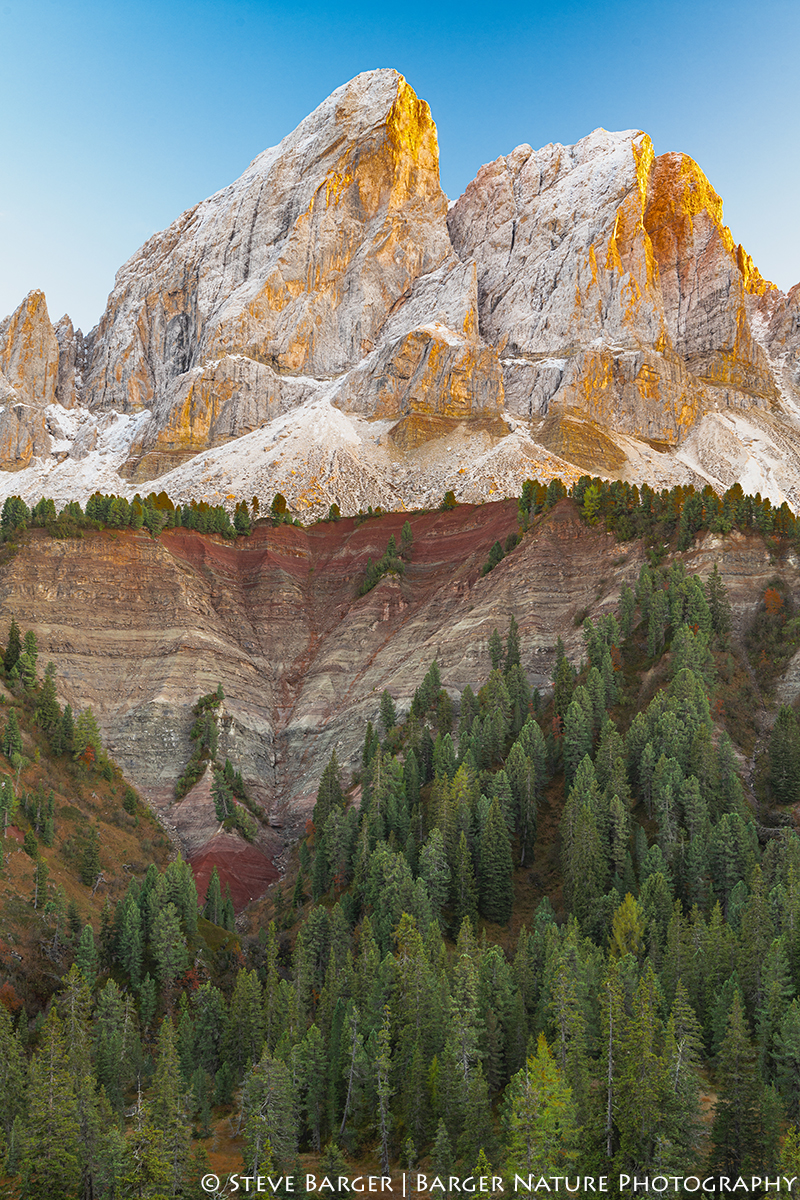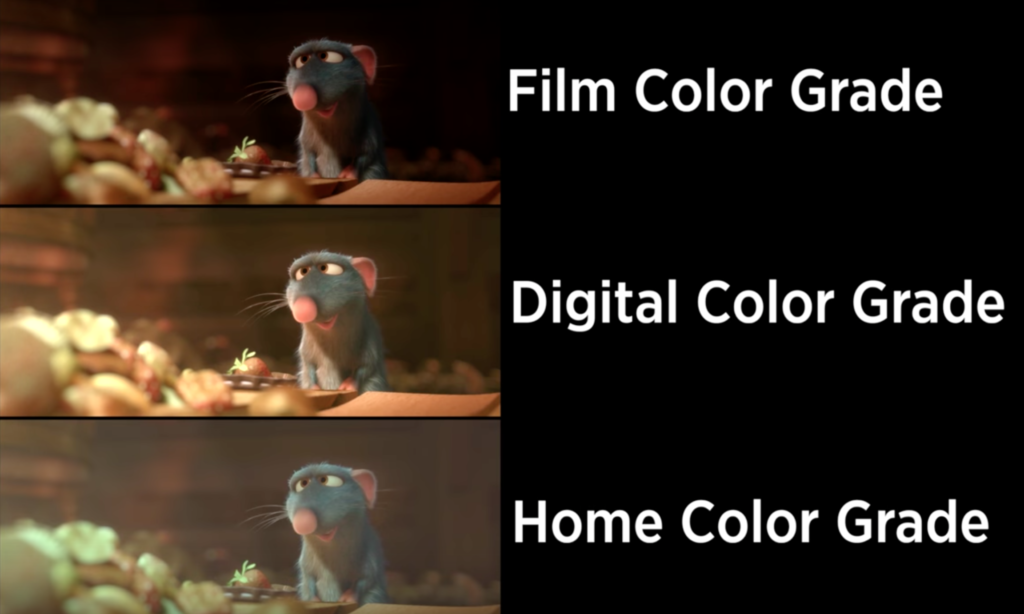Photographing the best landscapes calls for the best landscape lens. Can you take a good landscape photograph with the lens that came with your camera? For sure! Can you take a sensational one? Maybe. But you can increase your chance of success by using the right tool for the job. Focal length, aperture size, build quality and, of course, your budget all have their part to play. Not to mention your final intended publishing place – an Instagram post will have very different requirements to an enormous fine-art print.
We’ve carefully considered everything from all-rounders to landscape specialists, high-quality zoom lenses as well as dedicated, pro-grade primes. We’ve looked at optics that will fit the lens mounts of the biggest players out there, as well as a few that have multiple different mount options, so whether you’ve got a spectacular vista right on your doorstep or you’re looking for the perfect lens for that once-in-a-lifetime trip, you’ll find something here that suits.
READ NEXT: Best wildlife camera
Best lens for landscape photography: At a glance
How to choose the best landscape lens for you
What focal length landscape lens should I buy?
The million-millimetre question… Photographic lenses measure their focal length in millimetres, with a higher number meaning a more zoomed-in lens with a tighter field of view out of the end. So an ultrawide lens might have a focal length of around 15mm, while the kind of lens you see around the edge of a big sports event might have a focal length around the 400mm mark.
Many landscapes call for a lens with a broader field of view, which generally means a wider-angle lens and a shorter focal length. So a lens that kicks off at 15mm and only zooms in to, say, 35mm will make dramatic landscapes look expansive.
You need to factor in your camera’s sensor size too, as the smaller your camera’s sensor, the more your lens’ focal length will be multiplied. For example, cameras with a Micro Four Thirds sensor multiply every lens that’s attached to them by two, which means a 14mm lens will actually have a field of view equivalent to a focal length of 28mm. However, this doesn’t apply to full-frame cameras, as they don’t multiply the focal length of any lenses.
One thing to bear in mind is that ultrawide lenses give a fairly distinctive look to objects that aren’t miles away, on the horizon. And that might mean buildings with slightly bulging vertical lines, or distorted-looking people. The more specialist your lens’ focal length, the less you’ll be able to use it for general-purpose subjects.
All that said, landscape photography isn’t just about hills and distant mountains – good landscape photography can make the most of intricate detail, so you should definitely be prepared to consider standard focal length zooms (roughly in the 20-100mm range), as well as even longer lenses.
READ NEXT: The best travel tripods
What aperture should a landscape lens have?
Lenses with larger apertures are generally more expensive and, because they allow more light to hit the sensor at once, more useful. A lens with a large aperture can let you shoot lower ISOs, which means less “noisy” images, or a faster shutter speed, which means steadier, less blurry images, or both at once.
However, photographs shot with a big aperture will also have shallower depth of field, which means less of your image will be in focus at once. There’s no hard and fast rule, but landscape photographs with lots in focus – shot with a smaller aperture – give their audiences more intricate detail to luxuriate in, so plenty of landscapes lenses shoot around the f/8-f/11 range, which means a lens’ maximum aperture size is irrelevant.
One thing to consider is that a sharp image with shallow depth of field is always better than a shaky image with lots of depth of field. So, if you’re expecting to shoot in wild environments with fading light, you might still benefit from a lens that lets you get at apertures of f/4 and larger.
Should I buy a weather-proofed lens?
To the uninitiated, the life of a landscape photographer looks pretty relaxing – head to a beautiful location, wait for sunset, snap a picture. In reality, high wind, driving rain and even occasional sandstorms are all occupational hazards. The tougher your gear is, the longer you’ll be able to leave it out in the open, in the hope you’ll catch the first few rays of light after a storm. Sometimes location photography is a war of attrition, and you don’t want your kit to give up first.
Should a landscape lens have image stabilisation?
Good landscape photographers always use a tripod, don’t they? So what’s the point of image stabilisation? If you’re really committed to shooting all of your images from a tripod, it’s true that paying extra for a lens with image stabilisation is unnecessary.
In the best-case scenario, your lens will detect that it’s mounted to a tripod and disable its stabilisation, while in the worst, it will go a bit haywire, as the gyroscope that drives stabilisation can get stuck in a feedback loop, resulting in poor-quality images.
Still, being able to run-and-gun is a huge advantage, particularly in rapidly changing light or poor weather, when setting up a tripod will result in getting wetter or colder than you’d like. In those situations you might still want to shoot using long shutter speeds, in which case a lens with image stabilisation could be a significant asset.
How much should I spend?
Good question! At the high end of the market, a good all-purpose lens that will shoot a decent landscape shot might set you back £1,500 – more if you’re after a current-generation, pro-grade lens for a mirrorless camera.
But there are plenty of lenses that are beautifully sharp at typical landscape apertures that cost way less, and you can expect quality budget options to start at around £500. While it’s possible to go a bit cheaper, you’ll find you have to start compromising. For example, apertures might not open as wide, which won’t matter too much for landscape photography, but will limit a lens’ appeal for more general-purpose work. You’ll probably also lose weather-sealing, and images might be a bit less sharp – not really an issue if you’re looking to be the next big thing on Instagram, but more problematic if you want to perform big crops on your images or get them printed.
A final thing to note is that lenses, and particularly pro-level glass, hold their value really well – much better than cameras – so you can think of it as an investment!
READ NEXT: Best lenses for portraits
The best lenses for landscape photography to buy in 2022
1. Canon RF 24-105mm f/4 L IS USM: Best lens for general-purpose photography
Price: £1,329 | Buy now from Amazon
The “L” in the name denotes Canon’s pro series of lenses, while the 24-105mm focal length has seen several generations of photographers deep into their careers. This RF-mount version is Canon’s best and sharpest yet, and might just be the best all-purpose lens full stop.
Of particular interest to landscape photographers is the fact that its 24mm focal length is practical, if not ultrawide, while the ability to zoom in 4.4x gives you the ability to shoot details as well. It also benefits from built-in image stabilisation which, in conjunction with the In-Body Image Stabilisation (IBIS) found in some of Canon’s high-end RF-mount cameras, will allow you to shoot sharp shots at much longer shutter speeds – Canon claims the lens’ image stabilisation will hold you steady for five stops longer than an unstabilised lens.
Internally, there are 18 lens elements in 14 groups, and while the 24-105mm is pretty sharp when you shoot it wide open at f/4, it’s extremely sharp when you stop it down a bit – easily good enough for enormous fine-art prints.
There are wider lenses, and there are faster lenses, but there aren’t many better all-rounders, particularly for the appealing price.
Key specs – Focal length: 24-105mm; Maximum aperture: f/4; Mount: Canon RF; Image stabilisation: Yes; Filter diameter: 77mm; Dimensions (LxD): 107.3 x 83.5mm; Weight: 830g
2. Sigma 14mm f/1.8 DG HSM Art: Best lens for nightscapes
Price: £1,399 | Buy now from Amazon
One of this photographer’s all-time favourite lenses, Sigma’s 14mm f/1.8 is part of the brand’s Art series – comparable to Canon’s L-series lenses or Nikon’s S-line range.
It’s optically superb, which is no small achievement given its fairly extreme specifications: 14mm is about as wide as you’ll get on a full-frame sensor, and f/1.8 is a particularly large aperture, yet the lens produces a gorgeous, rectilinear image with very little distortion. So for landscapes that don’t bend in the middle – including architectural photography – it’s a natural.
That large aperture has other advantages. Of course, you can stop it down for a bit more sharpness, but it offers some intriguing possibilities for photographers to shoot at night – combine it with a full-frame sensor and your camera will be positively drinking in light, which means lower ISOs and the potential for some really amazing wide-field astrophotography.
It’s got a pretty decent heft to it – it clocks in at nearly 1.2kg, which is heavy for a landscape lens – but it’s weather-sealed and, frankly, the weight offers a bit of reassurance that you’ll be able to head out on some adventures with it. Inside there are 16 elements in 11 groups, plus a nine-bladed aperture, which isn’t going to produce particularly spectacular bokeh, but at 14mm depth of field is never going to be terribly pronounced.
A final note in the Sigma 14mm Art’s favour is its compatibility with the wider market: if you own a camera with a Sony E-mount, Canon EF mount (or RF-mount with an adapter) or Nikon F mount (or Z-mount with an adapter), this lens will fit and is capable of amazing results.
Combined with a motorised star tracker, you’ve got one of the best astrophotography lenses on the market.
Key specs – Focal length: 14mm; Maximum aperture: f/1.8; Mount: Sigma SA, L, Canon EF, Nikon F, Sony E; Image stabilisation: No; Filter diameter: No filter possible; Dimensions (LxD): 127 x 97mm; Weight: 1,170g
3. Olympus M.Zuiko Digital ED 7‑14mm F2.8 PRO: Best lens for Micro Four Thirds cameras
Price: £960 | Buy now from Amazon
You’ll recall from our buying guide that owners of Micro Four Thirds cameras – which includes everything that Olympus offers, plus a number of Panasonic cameras, among others – need to multiply the focal length of every lens by two, because of the small sensor. For wildlife photographers this is a benefit – a 200mm lens becomes a 400mm lens – but there are drawbacks for landscape photographers, and you’ll need an extra wide optic to match relatively tight 35mm lenses. Still, with a widest focal length of 7mm (14mm in 35mm terms), the M.Zuiko ED 7-14mm f/2.8 Pro is an eminently practical lens for those shooting landscapes.
It’s a tough little customer – while it only weighs just over 500g, it’s still weather- and dust-sealed. And there’s some quality glass on display here: 14 elements in 11 groups, featuring Olympus’ ZERO lens coating. That’s an acronym standing for Zuiko Extra-low Reflection Optical, in case you were wondering.
It’s capable of some great results. It’s extremely wide-angle, and this, plus the large aperture, means that if you shoot at its widest focal length, with the aperture open to f/2.8, you’re going to need to correct some vignetting in post, though stopping down helps. Chromatic aberration is well controlled, although you’ll see a little if you shoot at f/2.8, but it’s nothing a little Photoshop can’t correct. It’s very sharp – shoot around f/5.6, if you can, and you’ll be rewarded with images that belie this lens’ affordable price and small size.
Key specs – Focal length: 7-14mm; Maximum aperture: f/2.8; Mount: Micro Four Thirds; Image stabilisation: No; Filter diameter: No filter possible; Dimensions (LxD): 105.8 x 78.9mm; Weight: 534g
4. Nikon NIKKOR Z 14-24mm f/2.8 S: Best lens for Nikon cameras
Price: £2,119 | Buy now from Amazon
This is the Z-mount version of the AF-S NIKKOR 14-24mm f/2.8G ED, a lens that Nikon described as “legendary” which, for once, wasn’t just marketing hyperbole.
That means this lens has some big boots to fill, and we’re pleased to report it does so with aplomb that befits this lens’ high price. It’s ultrawide – 14mm is about as wide as you can get on a full-frame sensor without seeing goldfish bowl-style barrel distortion – while the 2x zoom ratio allows you a little compositional flexibility. The aperture opens as wide as f/2.8 – yes, bigger apertures are available on other lenses with similar focal lengths, but, while this might not be the brightest lens on the block, you could still use it to get into nightscape photography without astronomical (sorry) ISOs.
Handling is excellent; compared to its legendary predecessor, the Z 14-24mm’s 650g is positively featherweight. We appreciate a few pro-grade touches, such as the customisable function button and the OLED display on the top, which can be set to display current focal length, aperture or focus distance. Of these, focus distance is clearly the most useful, but it’s handy to have options. The final box ticked is weather and dust sealing, making this a lens that should be able to live a reasonably hard life.
Sharpness at the centre of the image is superb throughout this lens’ aperture range, though if you’re concerned about the corners – which drop off a little when shooting at f/2.8 – you’ll want to stop down a bit. If you do that, you’ll be rewarded by one of the very best wide-angle landscape lenses of all time.
Key specs – Focal length: 14-24mm; Maximum aperture: f/2.8; Mount: Nikon Z; Image stabilisation: No; Filter diameter: 112mm; Dimensions (LxD): 124.5 x 88.5mm; Weight: 650g

